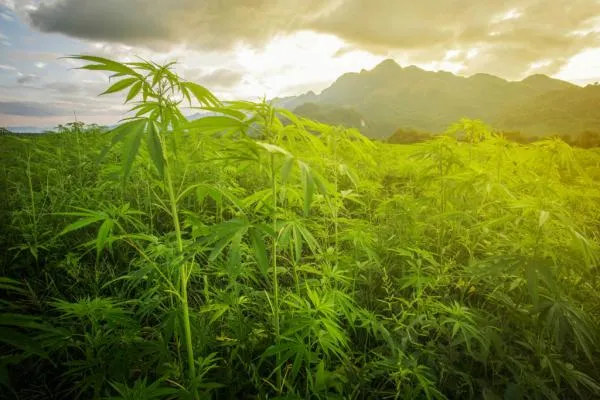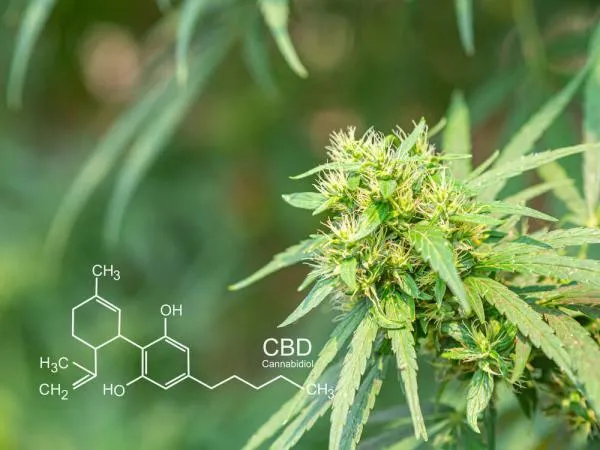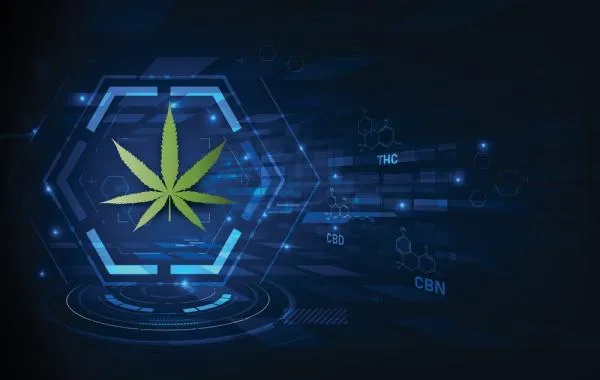What a year 2020 turned out to be. The pandemic, global lockdowns, and social distancing all became somewhat of a new normal. But, the big news in the world of cannabis science?
THC-P, or Tetrahydrocannabiphorol.
Only first isolated from Cannabis sativa L. plants in early 2020 by a group of Italian researchers (and then reported publicly in mid-2020), this minor cannabinoid quickly made headlines as the "strongest analog of THC ever reported". Reports of THC-P being 33 times stronger than regular Delta-9-THC have unsurprisingly got the recreation, medicinal, and research communities excited.
While research on THC-P is still in its early stages, here's what we know so far about this powerful cannabinoid.
What is THC-P?
THC-P is a naturally occurring Phyto-cannabinoid - meaning a cannabinoid produced by plants, and not one of our own naturally occurring endocannabinoids. Unlike many of the THC analogs we have recently been introduced to, THC-P is not purely derived from synthetic production but rather naturally occurring in the cannabis plant (more on this in a second, though).
While its chemical structure is very similar to D9THC, it has two extra hydrocarbon chains (seven carbons vs. five carbons) in its alkyl side chains. This makes it more lipophilic (fat-soluble) and potentially able to penetrate the blood-brain barrier more easily.
This could explain why it may be more potent than traditional THC.
Although THC-P is a naturally occurring compound, the flood of products claiming to contain significant amounts of it is likely misleading.
This is because THC-P is only found in trace amounts in the cannabis plant, making it extremely rare and difficult to extract in large quantities. Producers use advanced techniques to convert CBD into THC-P.
What are the effects of THC-P?
The up to 33 times extra potency when compared to D9-THC means products with high levels of THC-P offer significantly more intensity than what we are used to with regular THC flowers. This includes:
- Intense euphoria and feelings of well-being
- Deep relaxation and sedation
- Stronger psychoactive effects compared to delta-9 THC
- Heightened sensory perception, which may become slightly overwhelming
- Increased appetite (the munchies)
Due to its high potency, you can expect to experience effects similar to extremely high-dose THC, but with less required consumption.
Potential side effects of THC-P
With all that extra potency comes the risk of potential side effects. These may include:
- Extreme dizziness and disorientation
- Paranoia or anxiety (especially in those predisposed to these conditions)
- Dry mouth and dry eyes
- Increased heart rate (tachycardia)
- 'Couch lock' or excessive sedation
What are the origins of THC-P?
As with all Cannabis sativa L. derived Phyto-cannabinoids, THC-P is created by the plant's biosynthetic pathways. We don't have a full understanding just yet of why cannabis plants evolved to produce THC-P, but theories include its potential role as an insect repellent or a defense mechanism against predators.
The trichomes (where the vast majority of both cannabinoids and terpenes are produced) play many roles in the plant. These range from protecting against UV light, moisture retention, plant protection, and even in attracting potential pollinators. It's possible that THC-P is just a by-product of another process.
How is THC-P different from THC?
| Feature | THC-P | THC (Delta-9) |
| Potency | Estimated 10-33x more potent | Standard potency |
| Binding to CB1 receptors | Stronger binding, leading to intense effects | Weaker binding |
| Effects | More psychoactive, stronger high | Milder, more predictable high |
| Legality | Illegal in most countries, including federally in the U.S. | Federally illegal in the U.S. |
| Availability | Rare, usually derived from hemp-based CBD | Widely available in cannabis |
How THC-P works in the body
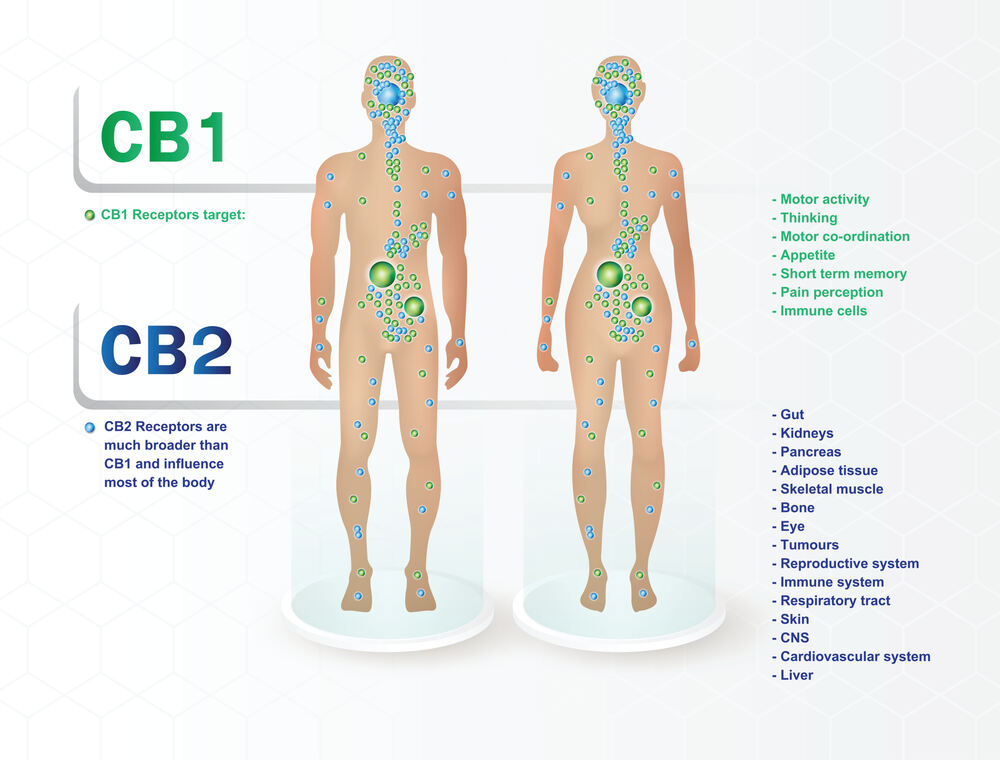
Interaction with the endocannabinoid system
All humans (all mammals, and even some invertebrates) have an endocannabinoid system (ECS).
In humans, it is the largest neurochemical signalling system, with CB1 and CB2 receptors located throughout the brain and body. Its primary function is to help the body remain in a state of balance, otherwise known as homeostasis.
When we consume Phyto-cannabinoids (D9-THC, CBD THC-P, etc.), they bind to the endocannabinoid system receptors (along with interacting with other receptors and enzymes).
THC-P has been shown to have an even stronger affinity to the CB1 receptors than THC. CB1 receptors are mostly found in the brain and central nervous system, which is why both THC-P and THC can produce psychoactive effects, along with a huge range of potential therapeutic effects.
Is THC-P legal?
The legality of THC-P is complex. Since it is typically derived from hemp-based CBD, some states in the U.S. class it as falling under the 2018 Farm Bill, making it legal.
However:
- Federal legality: THC-P remains in a gray area due to its similarity to THC.
- State laws: Some U.S. states have banned synthetic cannabinoids, which could include THC-P.
- International laws: Many countries also have banned synthetic cannabinoids, making it potentially illegal outside the U.S.
If you’re considering purchasing a product with THC-P, it’s important to check your local laws to avoid legal issues.
How do most people consume THC-P?
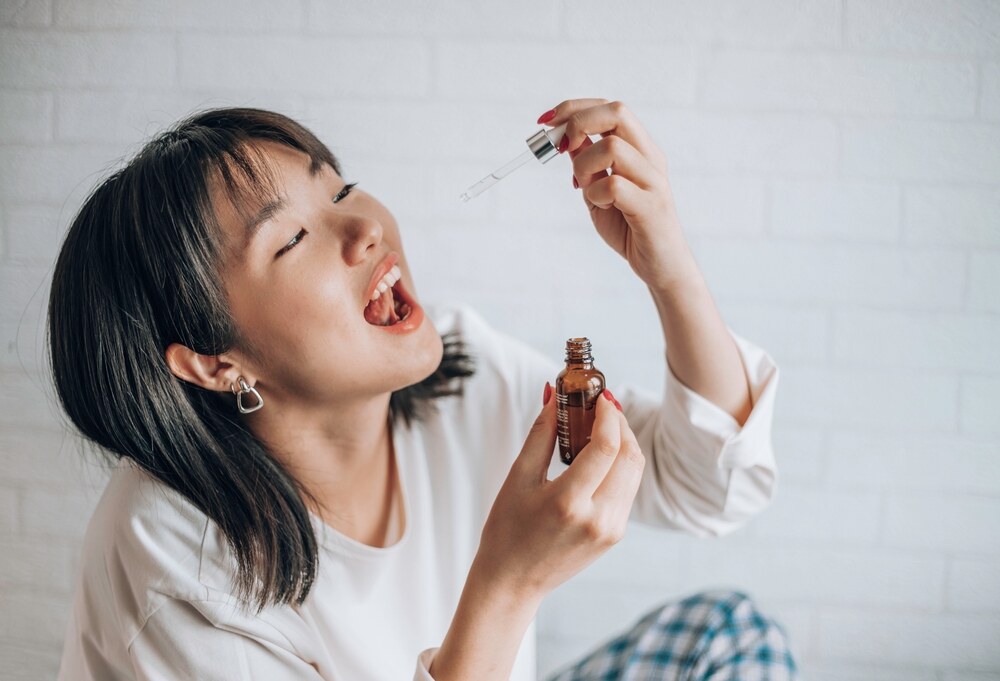
Most people? Well, that has still got to be through regular, THC dominant cannabis cultivars, as it is present (in very small amounts) in a bunch of strains.
That said, with THC-P hitting the news cycle with such sensationalist claims, many people do want to specifically experience its potency. A quick Google search sows that you can find:
- Concentrates: These can be dabbed (vaporized) or added to flower for extra potency.
- Vapes: Many THC-P vapes have been marketed containing synthetic cannabinoids that are dangerous and potentially deadly. If you do want to try a legitimate, tested THC-P vape product, be sure to check the ingredients list.
- Edibles: THC-P edibles are relatively rare but may offer longer-lasting effects compared to other consumption methods (4–6 hours instead of 2–3 hours).
- Tinctures and oils: Similar to CBD tinctures, THC-P tinctures can be administered sublingually (under the tongue) or added to food.
How to consume THC-P safely
Because THC-P is much stronger than regular THC, we highly recommend taking it very slow if you have just bought a THC-P dominant product. Start with a very small amount and wait at least half an hour before deciding to have more.
This way, you can gauge its effects on your body and adjust accordingly.
- Start low, go slow – Begin with a very small dose, especially if you’re new to THC-P.
- Wait before re-dosing – Edibles and tinctures take longer to kick in, so avoid taking more too soon.
- Stay hydrated – Prevent dry mouth and dehydration.
- Be in a safe environment – Avoid consuming THC-P in unfamiliar places.
- Know your tolerance – If you are sensitive to THC, be extra cautious.
If you experience strong anxiety or paranoia, try deep breathing, hydration, and relaxation techniques to help manage the effects. CBD can also help lessen the blow of THC-P if you consume too much, as can eating something, resting, showering, or taking a bath. Remember to always consume responsibly.
Final thoughts
THC-P is not a cannabinoid that you should underestimate, but with its massive jump in potency comes opportunities far beyond recreational affairs. Thankfully, with so many countries legalizing cannabis, or at least relaxing their stance on this absolutely fascinating plant, researchers are finally being given the kind of access needed to really understand this cannabinoid's potential.

